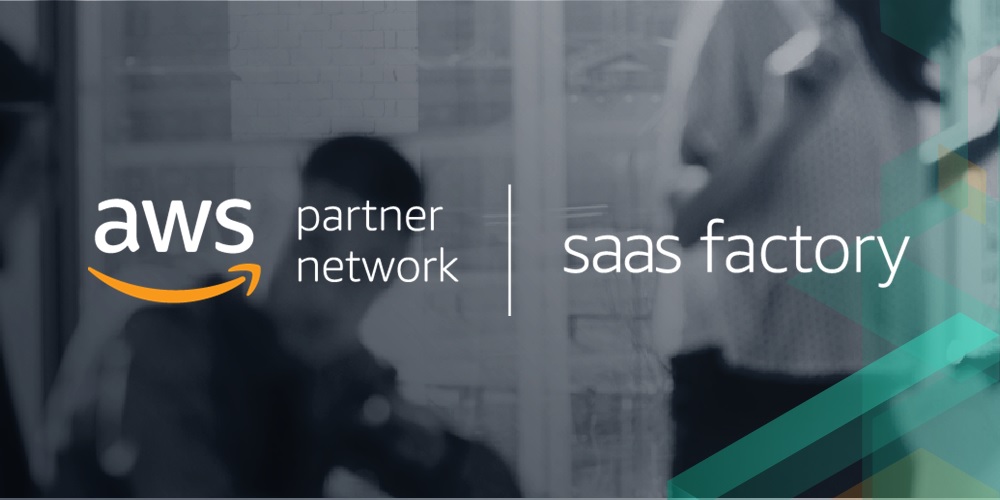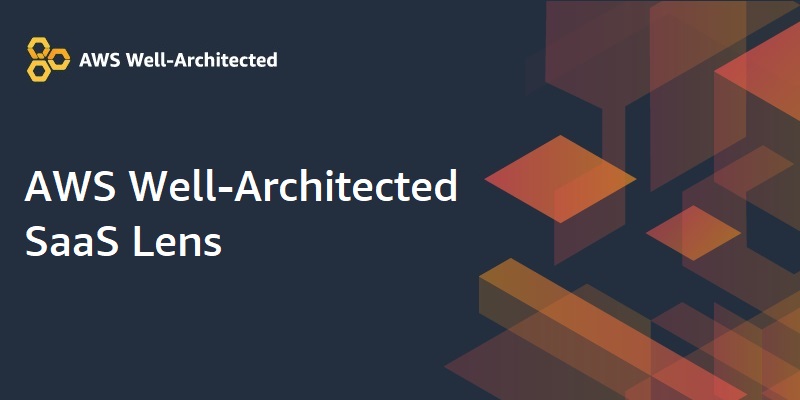AWS Partner Network (APN) Blog
Tag: Multi-Tenant
Implementing a Multi-Tenant MLaaS Build Environment with Amazon SageMaker Pipelines
Organizations hosting customer-specific machine learning models on AWS have unique isolation and performance requirements and require a solution that provides a scalable, high-performance, and feature-rich ML platform. Learn how Amazon SageMaker Pipelines helps you to pre-process data, build, train, tune, and register ML models in SaaS applications. We’ll focus on best practices for building tenant-specific ML models with particular focus on tenant isolation and cost attribution.
Performance Efficiency in AWS Multi-Tenant SaaS Environments
Maximizing performance is a key area of focus for all architects. Achieving optimal performance, however, can be challenging in SaaS environments where multi-tenant workloads can make it difficult to efficiently profile and scale your environment. This post dives deep into the challenges, opportunities, and best practices of efficiently managing performance in multi-tenant SaaS environments on AWS. We’ll review these topics through the lens of an example multi-tenant search application.
Achieving Operational Success of SaaS Solutions
Operational excellence is a key challenge for SaaS providers as it deals with the ability to run and monitor workloads effectively and to continuously improve supporting processes and procedures to deliver business value. Implementing AWS best practices will enable you to handle and respond to continually shifting tenant workloads and usage patterns, and use data-driven insights to achieve desired business and technical outcomes.
Building a Multi-Tenant SaaS Solution Using AWS Serverless Services
The move to a SaaS delivery model is accompanied by a desire to maximize cost and operational efficiency. This can be especially challenging in a multi-tenant environment where the activity of tenants can be difficult to predict. In this post, AWS experts look into a reference solution that provides an end-to-end view of a functional multi-tenant serverless SaaS environment. The goal is to explore the architecture and design considerations that went into creating this reference solution.
Optimizing the Cost of Your SaaS Environment with the AWS Well-Architected SaaS Lens
Capturing, managing, and analyzing costs is an essential part of any SaaS business. Without a firm grasp on the cost profile of your SaaS environment, it will be difficult to assess the tiering and pricing models of your solution. Learn how the Cost Optimization pillar of the AWS Well-Architected SaaS Lens identifies specific best practices that can help you improve the cost profile of a SaaS application. These play a key role in shaping the operational and scaling experience of your SaaS environment.
Assessing the Reliability of Your SaaS Environment with the AWS Well-Architected SaaS Lens
The reliability pillar of the AWS Well-Architected SaaS Lens focuses on the reliability posture of your SaaS solution. The SaaS Lens helps AWS customers assess the overall reliability of their SaaS architecture, providing prescriptive guidance that enables better alignment of their architecture. There are several considerations to keep in mind when building or optimizing a SaaS solution for reliability. While some apply to all modern solutions, others are specific to SaaS and that’s the focus of this post.
Building a Multi-Tenant SaaS Solution Using Amazon EKS
As more organizations make the move to a SaaS delivery model, many are choosing Amazon EKS as the target for their solutions. The programming model, cost efficiency, security, deployment, and operational attributes of Amazon EKS represent a compelling model for SaaS providers. Walk through the key architectural elements of a sample architecture, and learn how to isolate tenants within an EKS cluster, automate tenant onboarding, manage tenant identities, and support routing of tenant workloads.
Storing Multi-Tenant SaaS Data in a Serverless Environment with Amazon Keyspaces
With Amazon Keyspaces, AWS has enabled SaaS providers to run their Apache Cassandra workloads using a fully managed, serverless offering. This option allows you to leverage the strengths of Cassandra while getting all of the scale, cost, reliability, and operational efficiency that comes with a managed model. Learn how Amazon Keyspaces can be used to store data in a multi-tenant architecture and review common models for partitioning each tenant’s data.
Capturing and Visualizing Multi-Tenant Metrics Inside a SaaS Application on AWS
As a SaaS provider, it’s essential to have a clear picture of how tenants are exercising your system. Being able to model the functional and operational profile of tenants and tenant tiers is critical to evolving the business and technical strategies of a SaaS organization. Learn about the role metrics play within a SaaS-based application, and dive deep into a solution that provides all of the infrastructure that will support the ingestion, aggregation, and analysis of SaaS metric data.
Applying Dynamically Generated Isolation Policies in SaaS Environments
As part of adopting a multi-tenant SaaS model, a key challenge is how to provide strong tenant isolation in a cost effective and scalable manner. Being able to effectively isolate your tenants is an important part of a multi-tenant system. Learn how dynamic policy generation gets applied as part of the overall isolation story of your SaaS solution, and follow along with AWS reference implementation to demonstrate how to use dynamically generated policies in code.



